
I arrived in the Verolís neighborhood, in Filadelfia in Carrillo, and the first thing I saw was a house completely covered in dust. Then, almost out of nowhere, the head of an ox appeared, with giant horns and that enormous body — almost prehistoric — pulling a cart loaded to the brim with sand freshly removed from the river.
Then a duck, with green feathers on its back; then some dogs, some laying hens and finally, a “Chiricano rooster” with absolutely no feathers on its neck and a crimson crest.
Only after passing through that rural zoo did I see her, as thin as a cinnamon stick, standing in front of the house. A teenager, hair tied in a ponytail, polished copper skin and black Chinese eyes that shine when she speaks.
Her name is Meylin Santana, she’s 16 years old and she wants to be an astronaut.
From the door of that simple home covered in dust, completely covered with screen to hold at bay the tide of mosquitoes that bombard it day and night from the waters of the Tempisque River (located 100 meters, or about 330 feet, away), Meylin’s idea of traveling to space sounds far off, and even unlikely.
However, Meylin has opened a path towards her dream of space with all the odds against her, without speaking English, without having her own computer and with just the help of a Huawei cell phone that is so worn out that no one in the house remembers now what year it was bought.
That’s how it happened – through pure merit and ingenuity – through a selection process in which 800 applicants from all over the country participated. She navigated online forms, academic aptitude tests, unfamiliar communication platforms and international interviews.
She overcame one obstacle after another, until she won a scholarship from the She Is Foundation, which will take her to visit the NASA Space Center facilities in the United States. Her flight, her first time up into the sky, is coming up on December 3rd.
Who says there’s no point in dreaming? Meylin surely doesn’t.
Emilce’s Twins
Understanding Meylin’s story is impossible without knowing Emily – her identical twin – and Emilce Santana, her mother. This triad of women working together are truly a force of nature.
I try to put a lot of effort into what I do, I give one hundred percent effort and study to be an astronaut. I don’t just want to be an astronaut; I also want to specialize in aerospace engineering. That’s my dream,” Meylin says with infectious confidence.
With that confidence, a lot of tenacity and the help of her twin, she managed to have her first meeting via video call.
“I had never done a meeting like that and I didn’t know what it was like. I was almost crying because I thought I had missed the appointment, but between the two of us we helped each other,” she says looking at her twin. “We went looking for how to do it and it turned out that we hadn’t lost the space but instead we were in the Zoom waiting room. That’s when I breathed again,” she says as oxen with loads of sand continue to pass by outside the house.
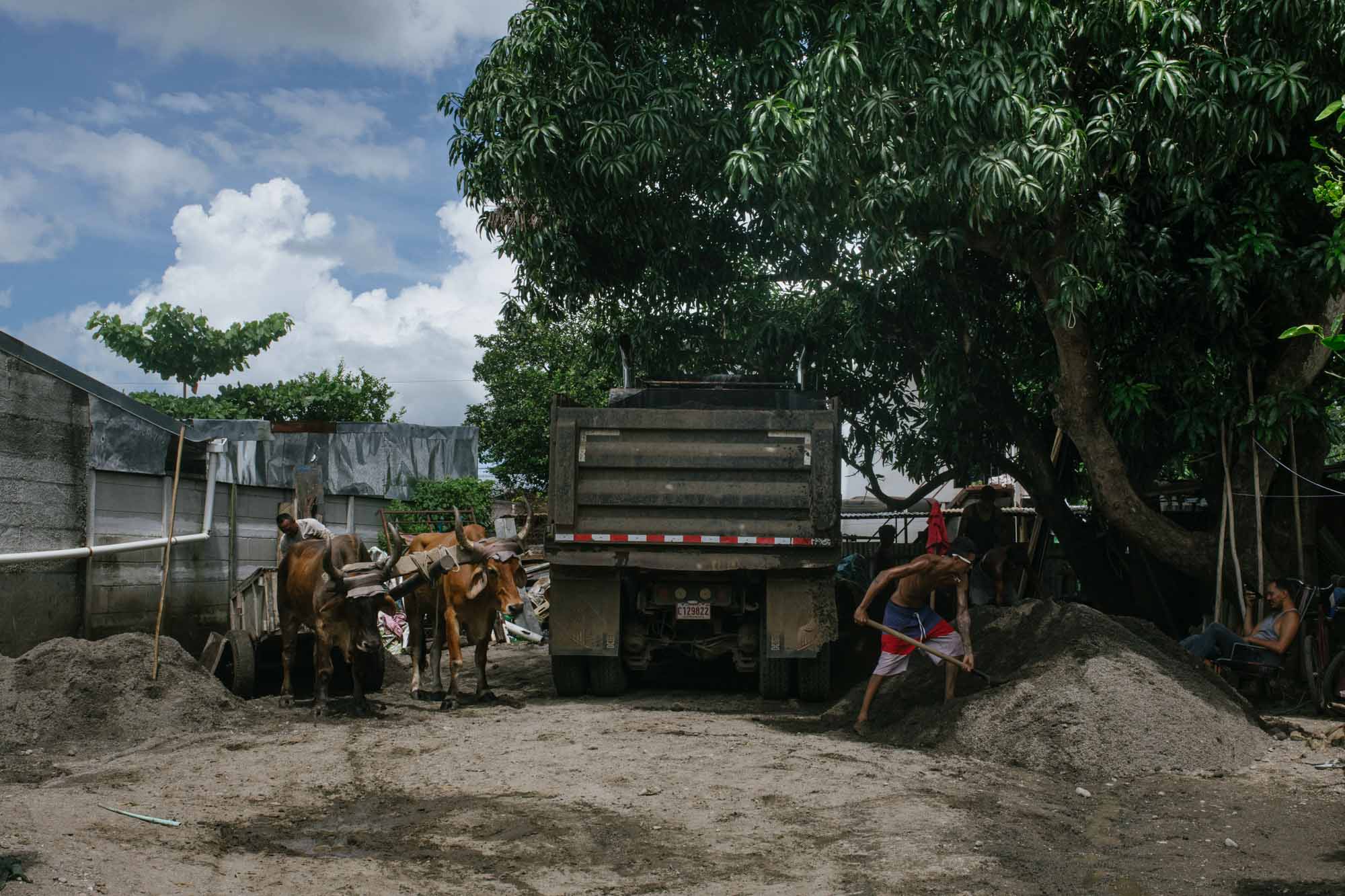
Meylin’s family has a small business next to their house selling sand from the Tempisque River.Photo: César Arroyo Castro
In Meylin’s story and her chances of achieving her space dream, there are three factors that pushed her forward and that make all the difference:
Her own confident attitude and the dedication she gives to her purpose; the unconditional support of her family and the presence of a public school that is doing what public education should always do: supporting people so they can have access to knowledge and opportunities.
Meylin doesn’t have her own computer at home and to achieve her trip to NASA, she had to receive support courses in topics such as technology, science and robotics. So she had some problems.
She did everything she could with her old cell phone, but some of the applications she had to use can only be used on a computer. That’s where public education played its part: thanks to the internet connection and a computer that the Carrillo Professional Technical High School (Spanish acronym: CTP) lent her, she managed to complete the courses she needed.
Without access to those simple tools, a simple computer and an internet connection – which are now commonplace in almost every home in the Greater Metropolitan Area – she would not have been able to complete the support plan.
A UCR study last year estimated that in urban areas, there are 15 more computers per 100 inhabitants than in rural areas.
“For one of the STEM courses [acronym for Science, Technology, Engineering and Mathematics], I had to make a robotic hand with common materials such as cardboard, nylon, thread and silicone. With my sister and my mother, we got all of the materials but I needed to use the Tinkercad application, which isn’t available for cell phones, only for computers, so if I hadn’t had the support of my school computer, I would not have accomplished it.”
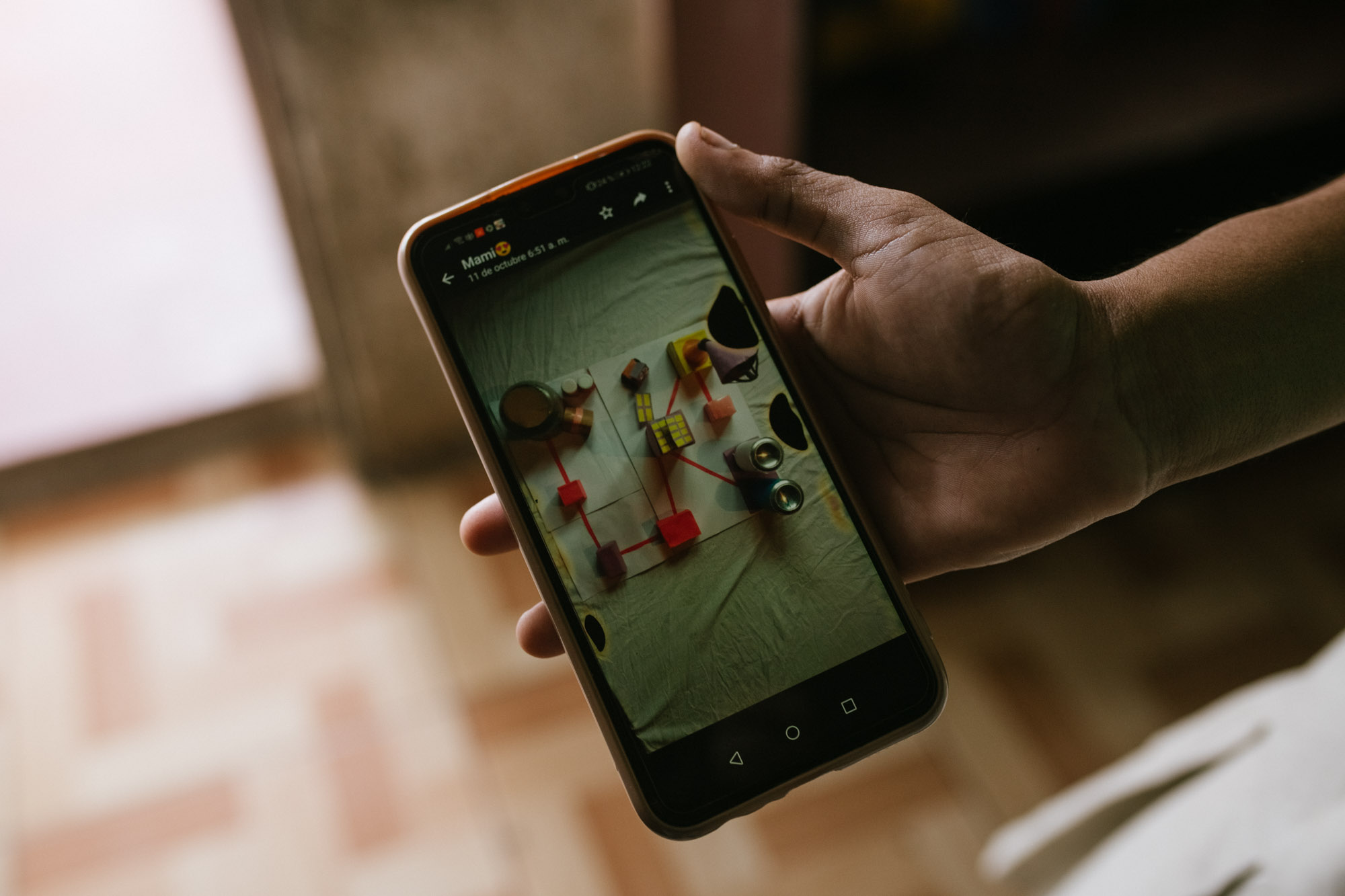
On her phone, Meylin shows photos of the projects she has developed in science and technology classes.Photo: César Arroyo Castro
At Carrillo’s CTP, Meylin and her twin also receive a “cafeteria scholarship” that helps their family supplement the food that the girls get daily.
The truth is, I love the high school. It’s an institution that has taught me many things. My mom has instilled values and humility in me, and the public high school has given me a lot of knowledge,” Meylin explains to me with contagious enthusiasm.
The Neighborhood Veterinarian
In Verolís, the family economy is fragile and the work hours are long. They depend on the mood of the river and the sand to get ahead. At the twins’ home, their mother, Emilce, gets up at four in the morning to meet the first oxen that begin getting their loads on the banks of the Tempisque before dawn. Then she wakes up the girls and starts preparing breakfast.
Emilce is a simple woman and she’s the head and protector of all that rural zoo that welcomed me when I arrived.
“I would have liked to have studied. I couldn’t because my parents were low-income and my dad drank. But I would have liked to have been a veterinarian,” she tells me in almost a whisper.
That’s why I run around for [the twins] so that they don’t lack anything and can study. Whatever they need, I strive to get it because I couldn’t do anything in life.”
Emilce does a lot in her life. She maintains the house that she has lived in for 30 years, manages a small business selling sand – with beasts of burden and carts. She cures, raises and feeds a diverse family of wild animals and makes sure her daughters study.
It’s no small task and like many women in the area, Emilce had a hard life.
“Actually they were triplets, but at that time, I was very poorly nourished. They took me to the hospital for several months to help me gain weight but I wasn’t able to and one of the triplets was stillborn. The doctor asked me if I wanted to give them both up for adoption due to my poor economic situation, but I told her no. Even if it was with water and sugar, I would provide for them and here they are, almost finishing high school.”
With the determination of her mother and her own talent and effort, the twins didn’t just manage to survive. Meylin will be traveling soon to see the NASA Space Center and Emily is committed to studying nursing at a university when she finishes high school.
All three are women from a rural area who have limited resources. Their lives are part of that unfair statistic that portrays the advancement of inequality, according to which, thousands of women like them are condemned to be marginalized from progress and decent work.
According to theCosta Rican Atlas of Cantonal Human Development, published this year, Guanacaste is now one of the most unequal provinces in the country. Cantons such as Tilarán, Hojancha, Flores, Bagaces, Liberia and La Cruz have the greatest decline in their Human Development Index.
However, these women bear up and avoid becoming part of the statistics without making much fuss. They work, they study, they help each other out and they dream. They dream that one day, from that house on the banks of the Tempisque, in the Verolís neighborhood in Carrillo in Guanacaste, they will be able to reach the stars.


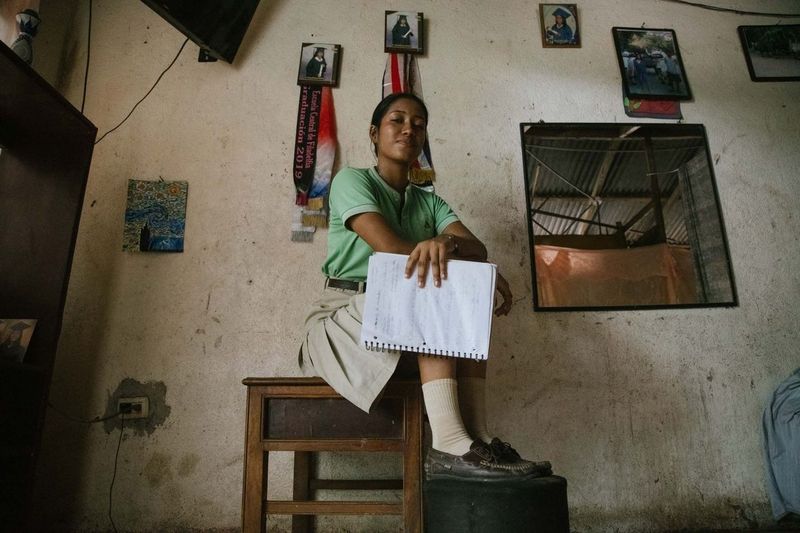
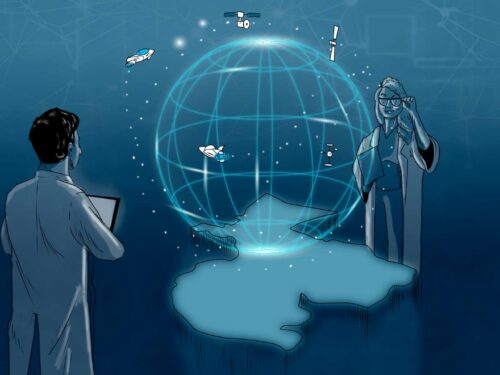
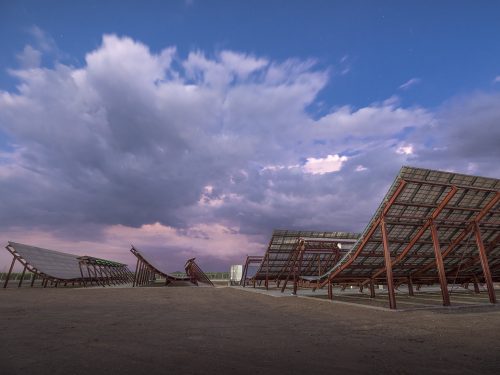
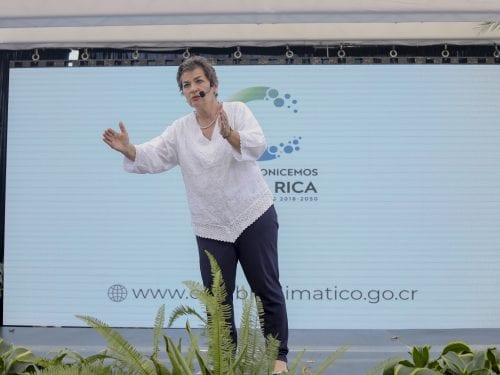

Comments